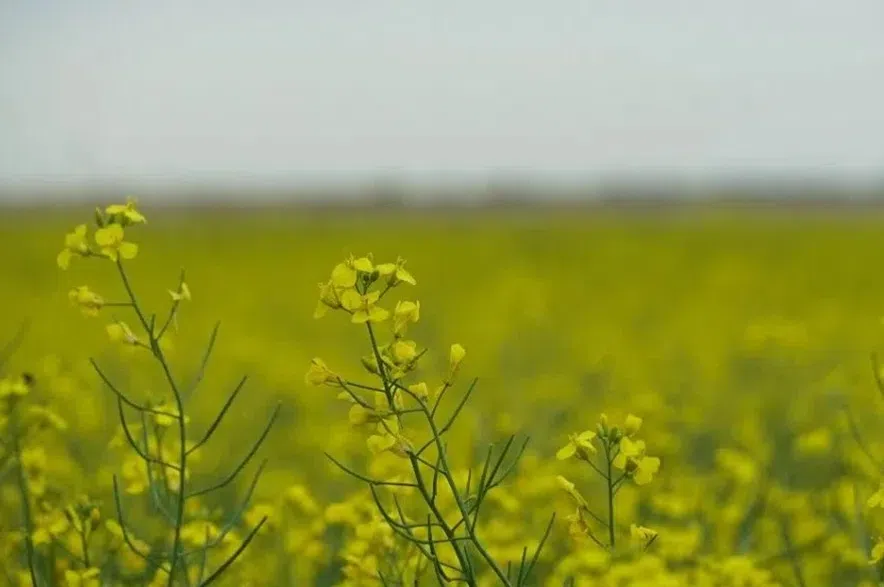By Amber Bell
This story was first published on RealAgriculture.com on June 3, 2025.
It may be early in the season, but don’t let that fool you.
What’s happening (or not happening) in your canola fields right now could shape the entire crop. From crusted soil to cutworms and everything in between, early scouting offers the first clues to what’s really going on below the surface.
Read More:
- Removing Chinese tariffs on Canadian agriculture products a priority, says Carney
- Canola tariffs hit hard as AgriStability program falls short: Sask Oilseeds
- The 2025 growing season could be a rough one for GPS signals
In this episode of the Canola School, Harold Brown, technical service specialist with BASF discusses the what, why, and how of scouting in the early days after emergence.
With much of the canola now seeded across the prairies, Brown said it’s a prime time to check emergence and do plant counts.
“It’s a great time to see what are the results of my seeding operation,” he said, adding that low plant counts mean growers will need to be extra vigilant about pest and weed pressure.
The sweet spot, he noted, is five to seven plants per square foot, but this spring’s harsh weather has thrown some curves.
“When we seeded this field it was over 30 degrees and windy,” he said. “Five days later, there was snow in the forecast.”
Environmental stressors such as crusting, wind shear or heavy rains can impact emergence, and scouting helps diagnose what’s happening under the surface.
“You probably always have to get down and a little bit dirty,” Brown said. “Dig up plants and see where the seed depth was.”
Flea beetles, cutworms, and seedling diseases are also on the watch list, especially in fields with slow emergence.
Brown encouraged producers to get into the field, beyond just the headlands.











